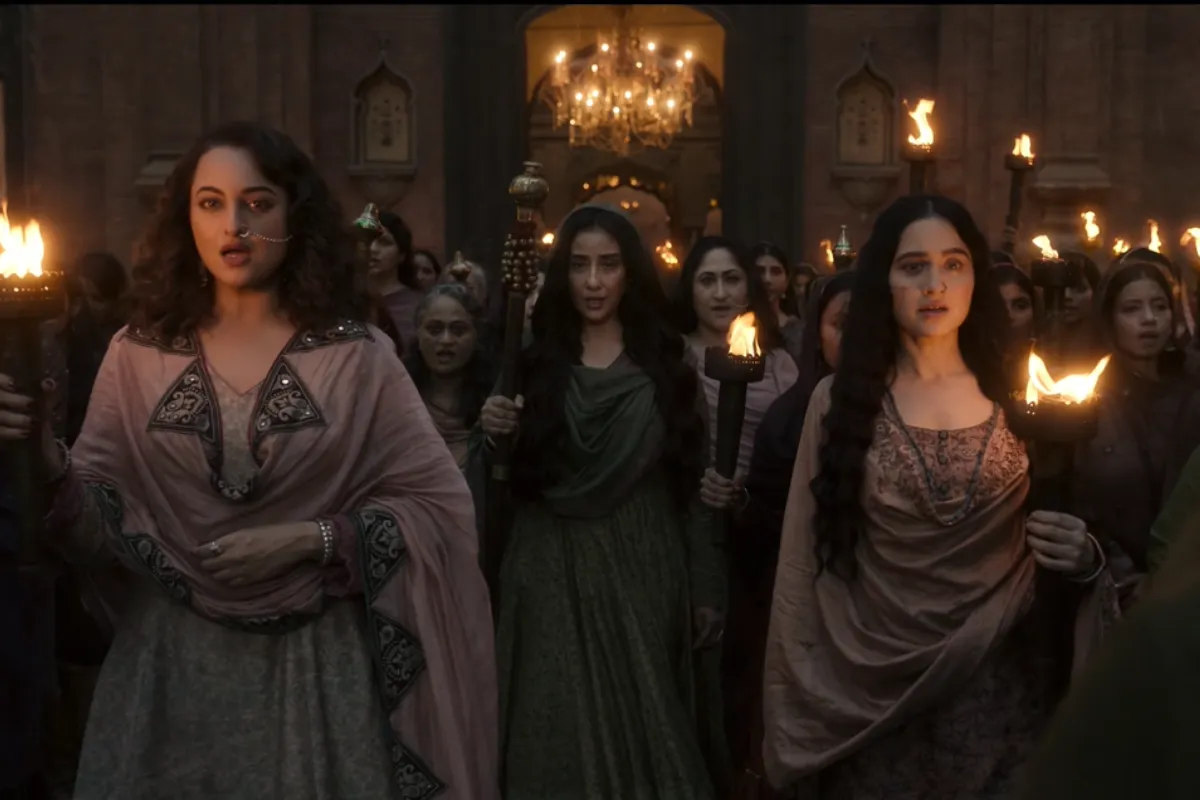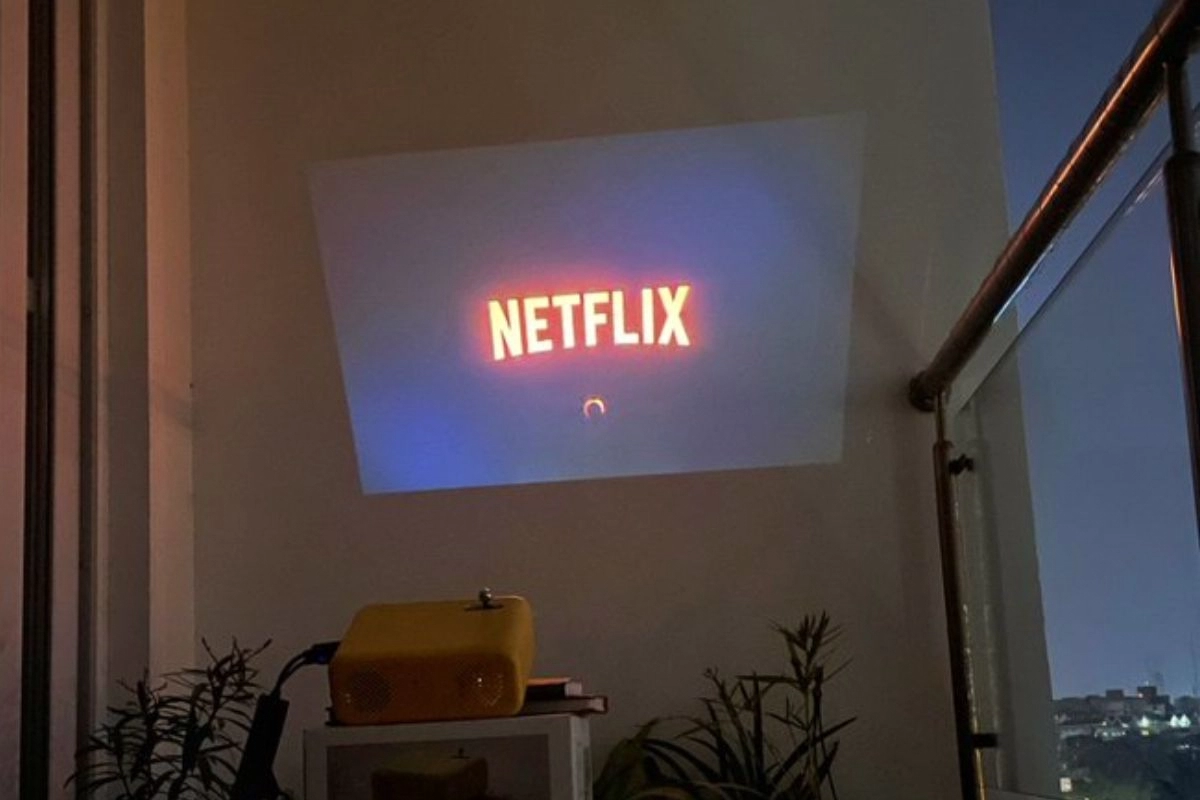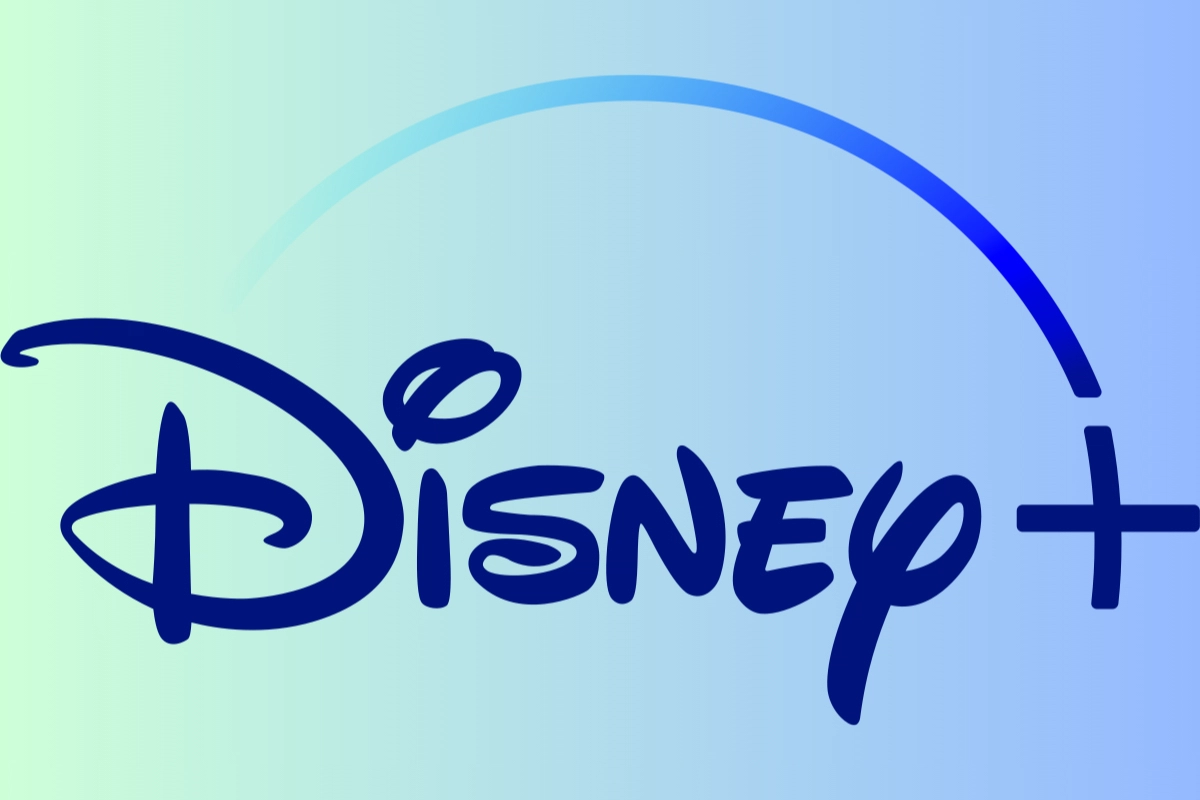On a breezy afternoon not too long ago, around 40 prolific women professionals in entertainment got together to celebrate Netflix’s representation in India. In one of the conversations, veteran actor Shefali Shah remarked, “ “The so-called heroine was stuck in a box. That box isn’t there anymore. There’s just so much expansion and expression in what we do these days. Now there are layers and layers in every character and every character is a heroine in her own right, unlike the quintessential trophy she used to be.”
With each passing year, this evolution has been evident. Fabulous or flawed, police officer or thief, the women on our screen have grown from heroines and love interests to so much more. We see determined, driven characters like Kasturi Dogra in Aranyak. The Fame Game showed us the story of a superstar and a mother who fought all odds to do what was best for her family. Purva from Yeh Kaali Kaali Ankhein showed us darkness and desire like never before. Bharti in Geeli Pucchi defied years of conditioning by standing up for herself. The Bombay Begums and Bulbbuls of the world gave us the strength to stand up in the face of adversity. Every single story has been real, relatable, and rousing.
More women writers, directors, producers have also acted as a powerful driving force behind this change. Behind the screen, inclusivity is critical not only in amplifying voices that are not always heard, but also because it creates opportunities for stories that might not otherwise have been told.
When asked about the change in the industry, here’s what Mrunal Thakur had to say, “Actresses are now getting substantial roles and…thanks to OTT services because now there are writers and directors who are writing roles for all women and it’s absolutely incredible to see this change happening.”
Netflix India’s comes up with third instalment of its Women’s Day Stree-Ming Campaign featuring 36 Powerful women
ADVERTISEMENT
ADVERTISEMENT












